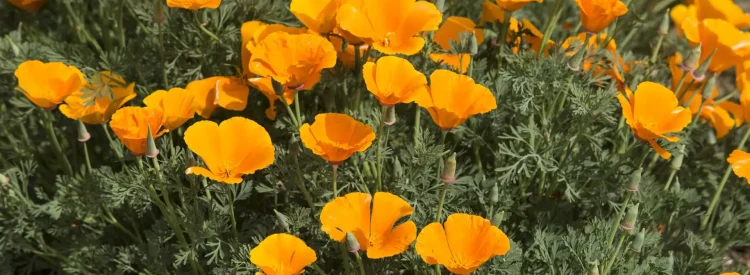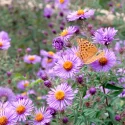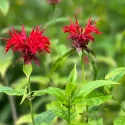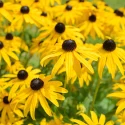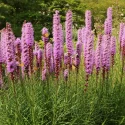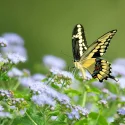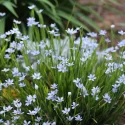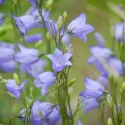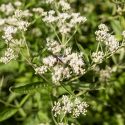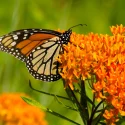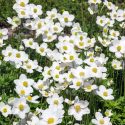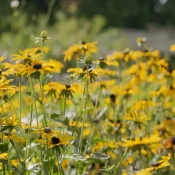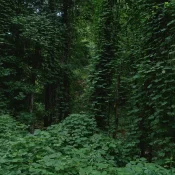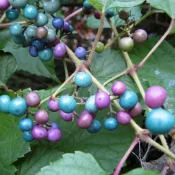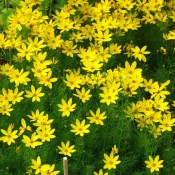You know and already love this plant. California Poppies look like they were happily drawn by a four-year-old with a new box of crayons. Look closely at the leaves, and you’ll wonder if they are related to parsley or cilantro (they are not, but they look very similar.) Drought-tolerant, in bloom for months, and happily returns year after year. It comes as no surprise that it’s the state flower of California. Scroll on for planting tips.
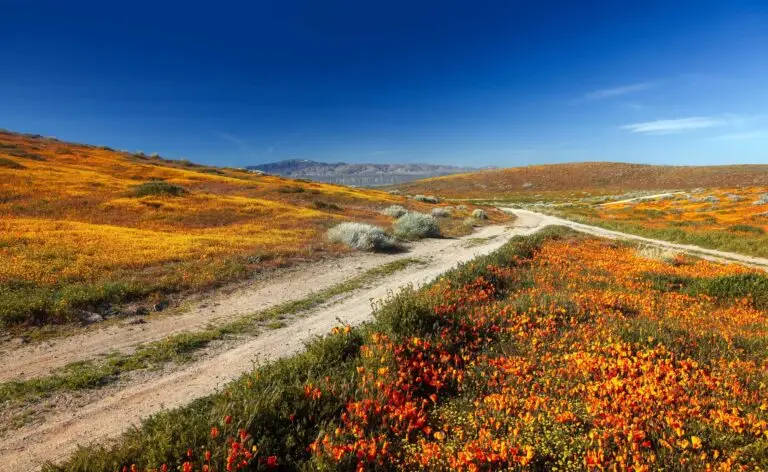
What are the benefits of planting California Poppies?
There are so many benefits to planting native flowers like this one. California Poppy benefits include:
- Easy-to-grow: Fast-growing, tolerant of sandy soils
- Drought-tolerant: as you can imagine from its native range, this plant can tolerate lots of sun and heat
- Self-seeding: plant once and watch it create companions over the years
- Prefers full sun but will also grow in part shade.
- Best in poor soils: sandy, well-draining areas are its favorite
New to native?
Before lawns and landscaping, native plants were here. They’ve fed birds, bees, and butterflies for thousands of years—and they’ll do the same in your yard. The best part? They’re easier to grow than you think.
There are a few varieties of California Poppies
As you can imagine for an area as large as North America, there are several types of California Poppies that naturally occur. Each of these types looks the same, but hidden within their genes is the ability to thrive in different climates and areas. Here are some varieties of California Poppy to consider:
- Coastal California Poppy (Eschscholzia californica var. maritime). These California Poppies love to grow along the Pacific coastline.
- Mexican California Poppy (Eschscholzia californica ssp. mexicana). These grow from California to Texas, and south throughout Mexico.
- California Poppy (Eschscholzia californica)—this is the non-sub-species variety, native to…California!
Why do I see seeds and plants for California Poppies on the East Coast?
Although these plants’ native ranges are kept to the westernmost side of the United States, they have become favorites for planting in East Coast gardens. As long as you plant them in a sunny and well-draining area, they can thrive in areas outside their native range.
That said, if you are interested in planting what is best suited for wildlife impact in your area, plant the native plants that are native to where you live.
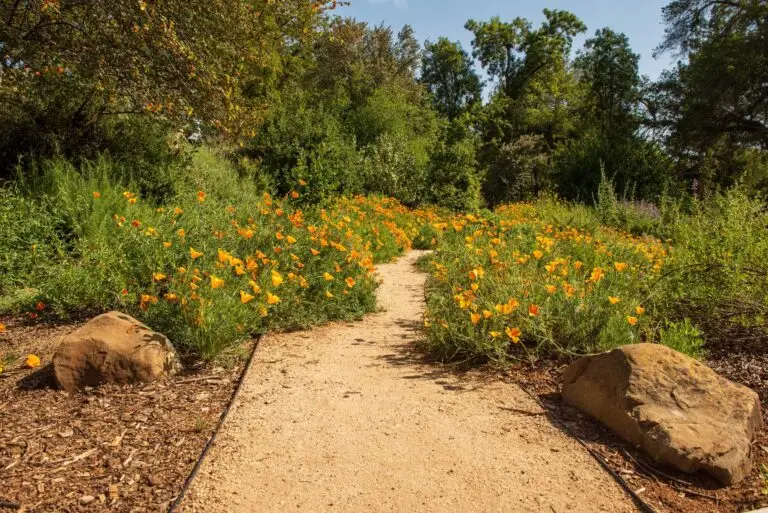
California Poppies will open and close based on light
These flowers do a lovely dance as light levels change. When night falls (or on cloudy days), they gently pack their petals until the sunlight returns. This behavior is called responding phototropically in plant nerd circles.
What are good pairings for California Poppies?
There are SO MANY amazing native plants that pair beautifully with California Poppies. Some inspiration for pairings include:
And that sums up our love letter to California Poppies! There are several species that offer lots of bright orange resiliency for western gardens. California Poppies will easily self-sow and expand their footprint as the years go by. Their cheery appearance is paired with excellent drought resiliency—a must for western gardens as we navigate climate change. Plant them today and watch them flourish over the years. Happy planting!
Sources
- USDA Plants Database, California Poppy
- USDA Plants Database, California Poppy Plant Profile (PDF)
- USDA Plants Database, Mexican California Poppy
- California Department of Fish and Wildlife, California Poppy
- NC State Extension, California Poppy
- Missouri Botanic Garden, California Poppy
- California Native Plant Society, California Poppy
- USDA Forest Service, California Poppy
- Native Plant Trust: Go Botany, California Poppy
What if your feed was actually good for your mental health?
Give your algorithm a breath of fresh air and follow us.
